Descrição
How to Make a Course Certificate
If you are thinking about offering a course or workshop and want to provide a certificate to your participants, this blog is for you! In this article, we will show you step by step how to create a professional and attractive course certificate.
Step 1: Define the certificate design
The first step in creating a course certificate is to define the design. Think about the style and colors that represent your course. You can opt for a minimalist design or a more elaborate design, depending on the theme of the course.
Step 2: Choose a suitable font
The choice of font is essential to convey professionalism and readability. Opt for a font that is clear and easy to read. Avoid fonts that are too ornate or difficult to read.
Step 3: Add relevant information
Next, add the relevant information to the certificate. This includes the course name, participant’s name, completion date, and course load. Make sure all information is correct and well organized.
Step 4: Highlight achievements
Highlight the participant’s achievements on the certificate. This can include a brief description of the course and skills gained, as well as any special awards or recognition.
Step 5: Use visual elements
To make the certificate more appealing, use visual elements such as logos, icons, or images related to the course. This will help convey the visual identity of your course.
Step 6: Review and print
Before finalizing the certificate, review all information and make sure there are no spelling or grammatical errors. After reviewing, print the certificates on quality paper and sign them.
Step 7: Distribute the certificates
Finally, distribute the certificates to the course participants. You can hold a certificate ceremony or send them via email, depending on your course preferences and logistics.
Conclusion
Now that you know how to make a course certificate, you are ready to offer a professional course and provide a quality certificate to the participants. Remember to follow the steps mentioned above and customize the certificate according to your course. Good luck!
How to Make a Course Certificate
If you have completed a course and want to have a certificate to prove your acquired knowledge and skills, this article is for you. Here, we will show you step by step how to make a course certificate in a simple and efficient way.
Step 1: Define the certificate format
The first step is to decide what the certificate format will be. You can choose a printed certificate, which can be physically delivered to students, or a digital certificate, which can be sent by email or made available for download on a website.
Step 2: Create an attractive design
A well-designed certificate is more valued and conveys a professional image. Use the HTML tags
and to highlight the certificate titles and subtitles. Also use the tag to emphasize important information.In addition, you can use the
tag to create explanatory paragraphs and the tag to highlight specific words or phrases.Step 3: Organize the information
Use the
Use the
Step 4: Add a table
If you wish, you can add a table to the certificate to organize the information in a more organized way. clearer and more visually pleasing.
Use the
, , , andEstimar frete
Payment & Security
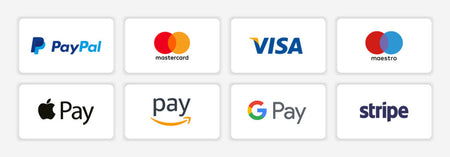
Featured collection
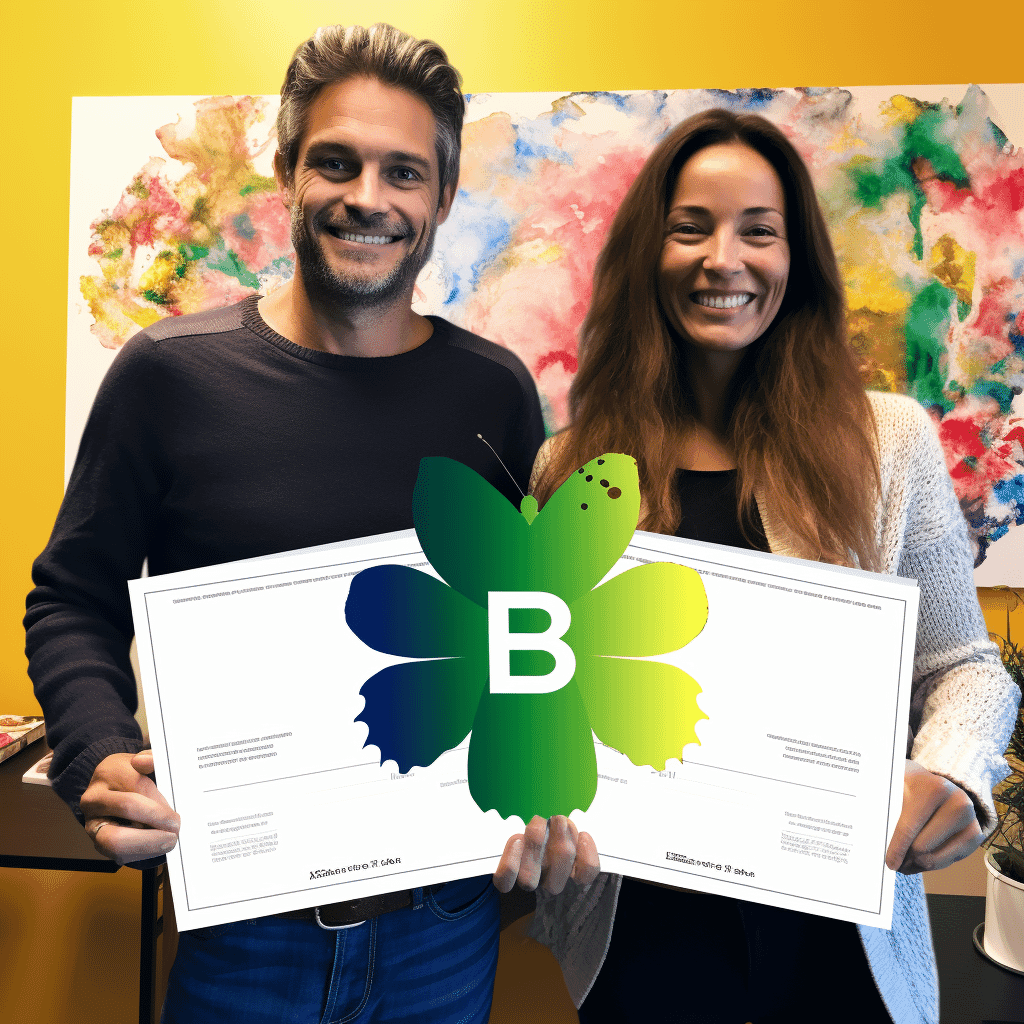

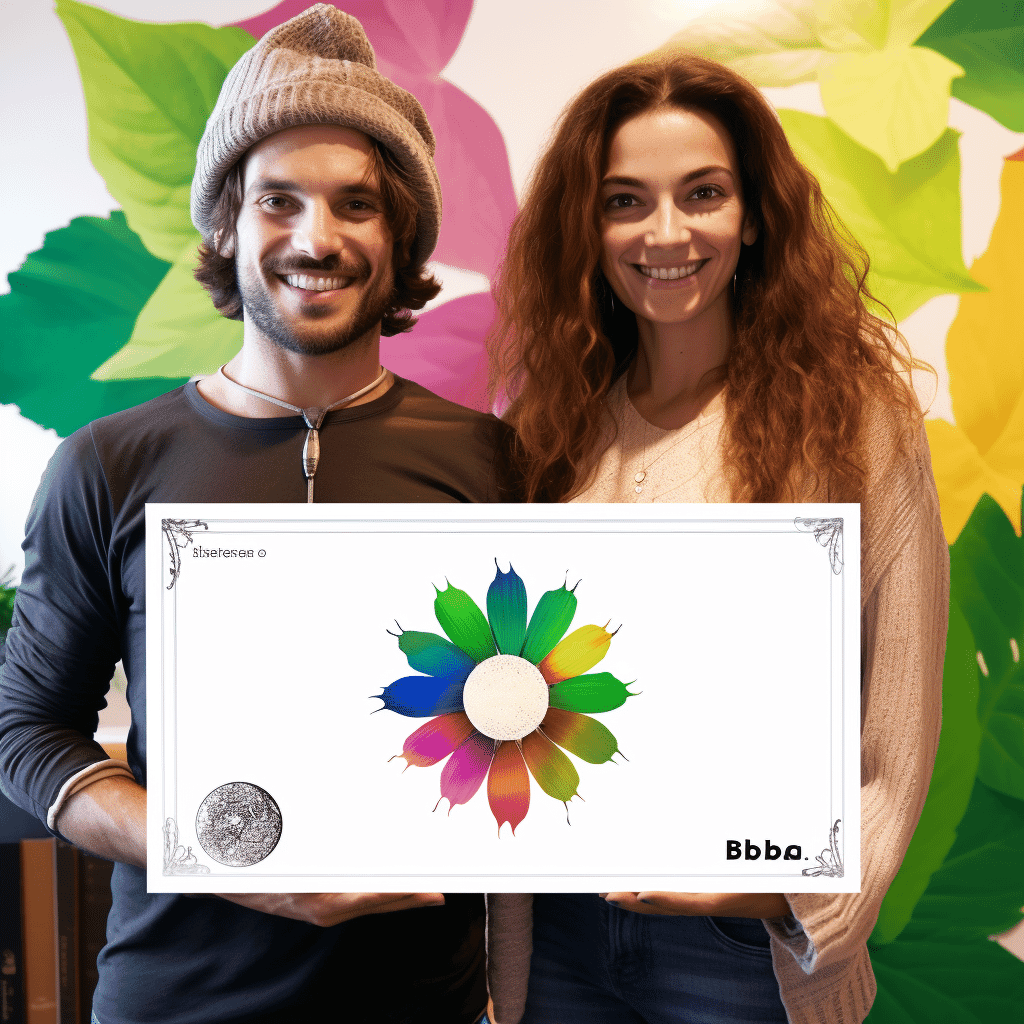

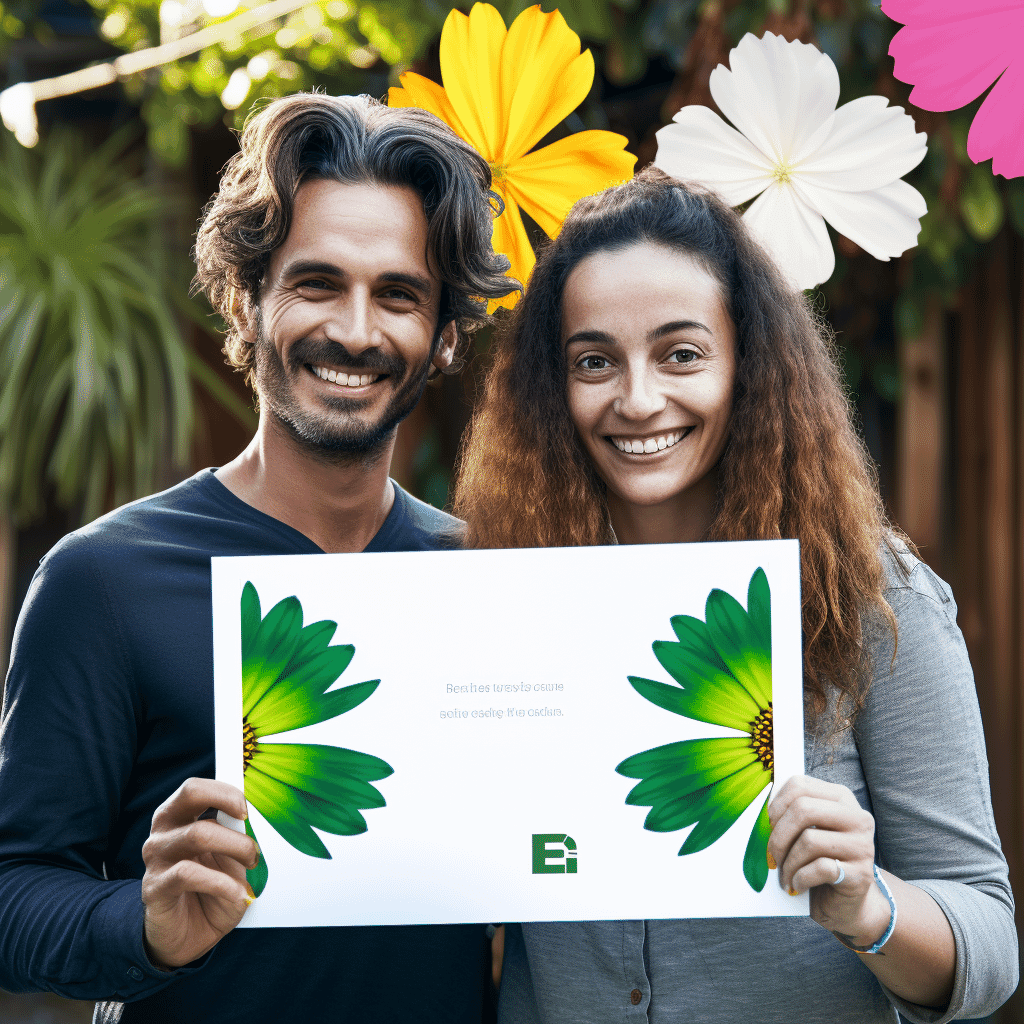










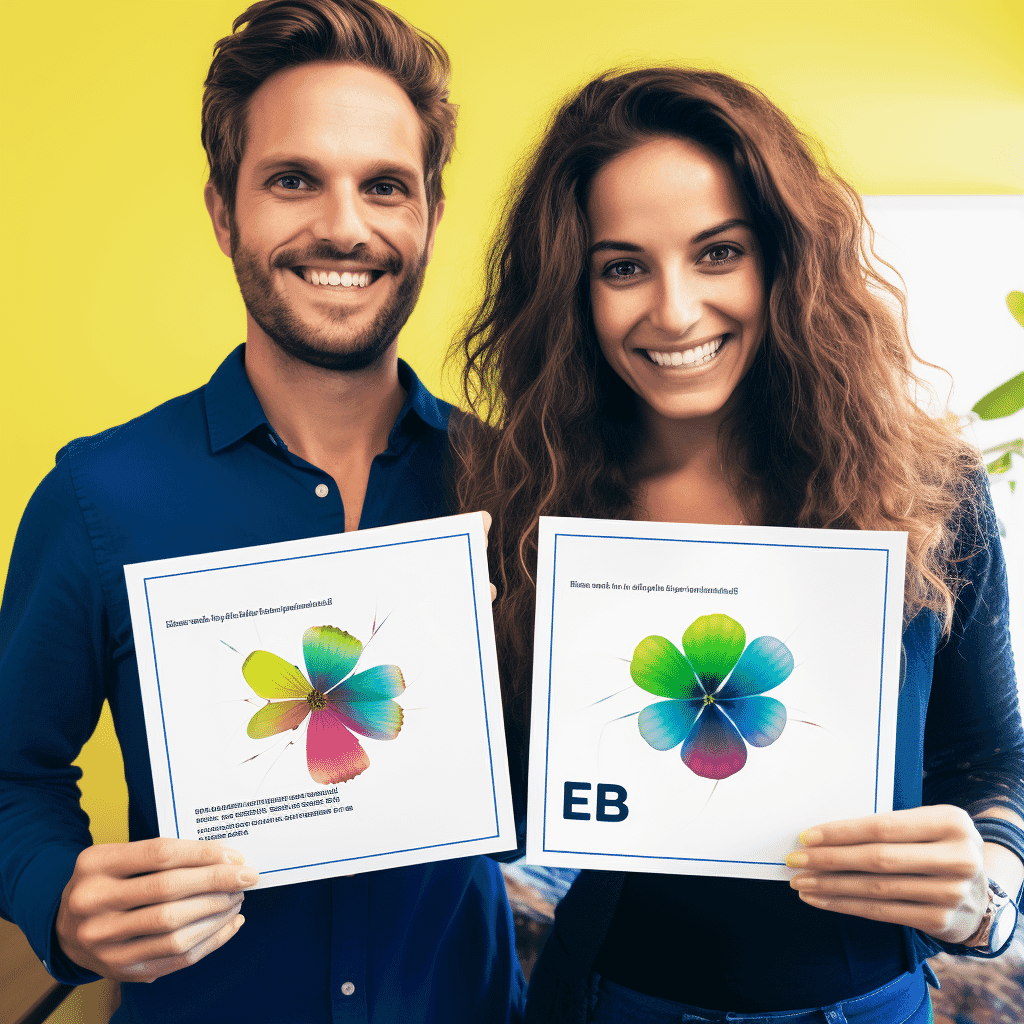
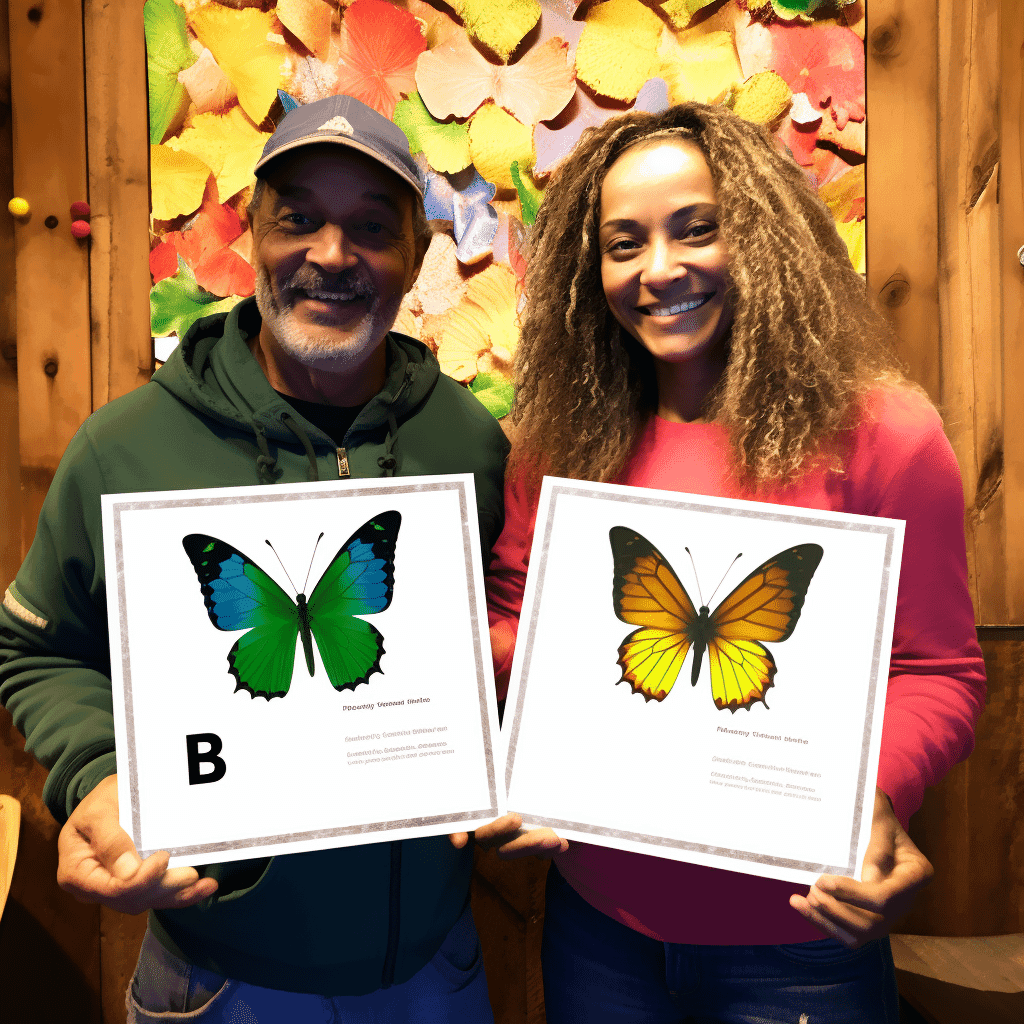

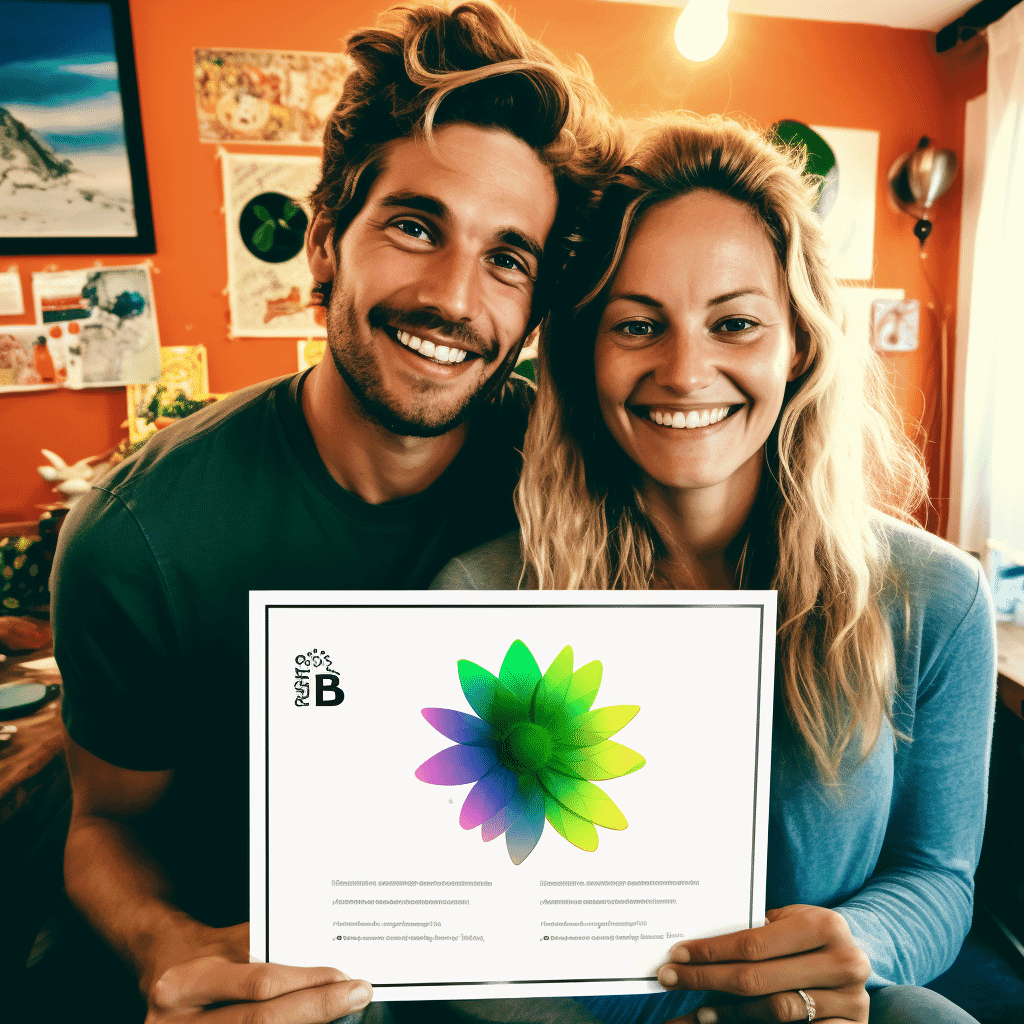


![Curso de Angular e NodeJS - O Guia da Pilha MEAN [Edição 2023] - IBRATH Instituto Brasileiro de Terapias Holísticas teste011020230809](http://enciclopedia.paginasdabiblia.com/cdn/shop/products/a19556.png?v=1699935448&width=1024)



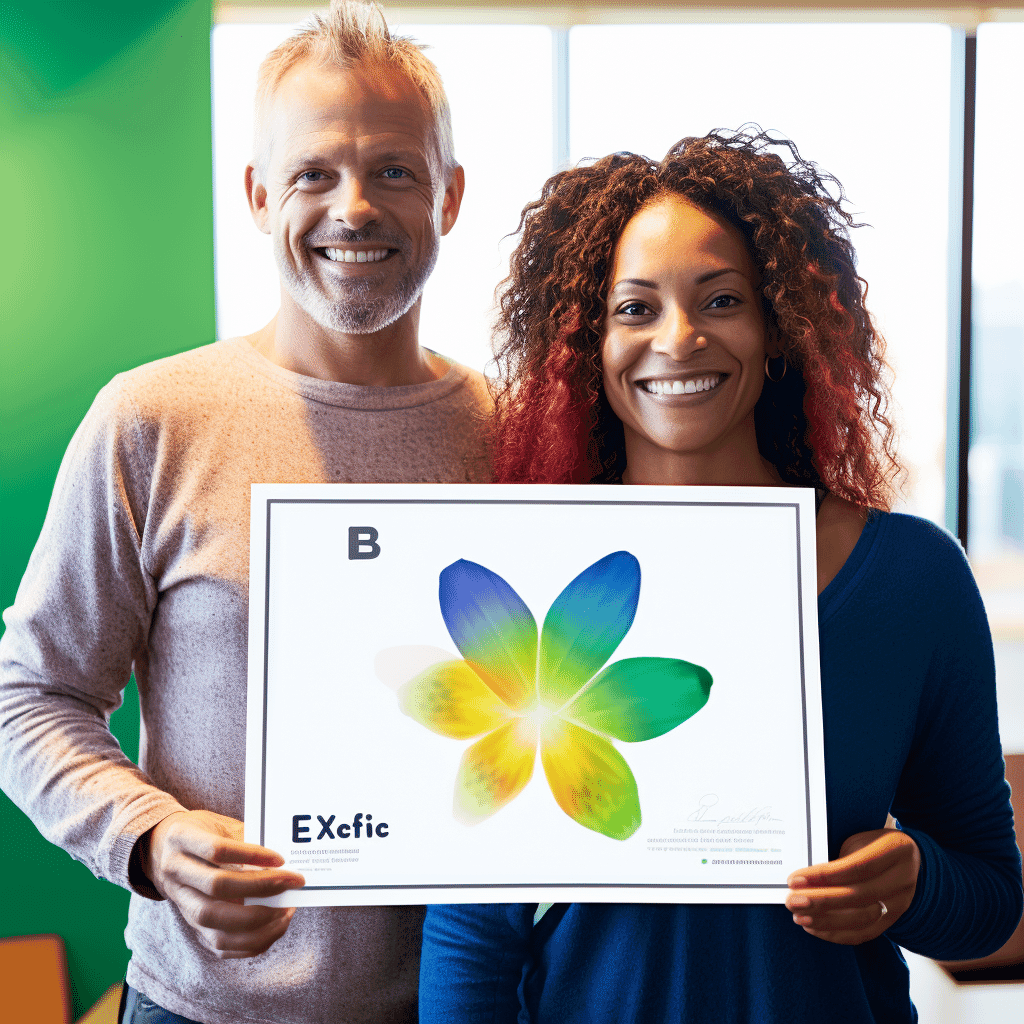
![Curso de Docker & Kubernetes: O Guia Prático [Edição 2023] - IBRATH Instituto Brasileiro de Terapias Holísticas teste011020230809](http://enciclopedia.paginasdabiblia.com/cdn/shop/products/a19570.png?v=1699935525&width=1024)


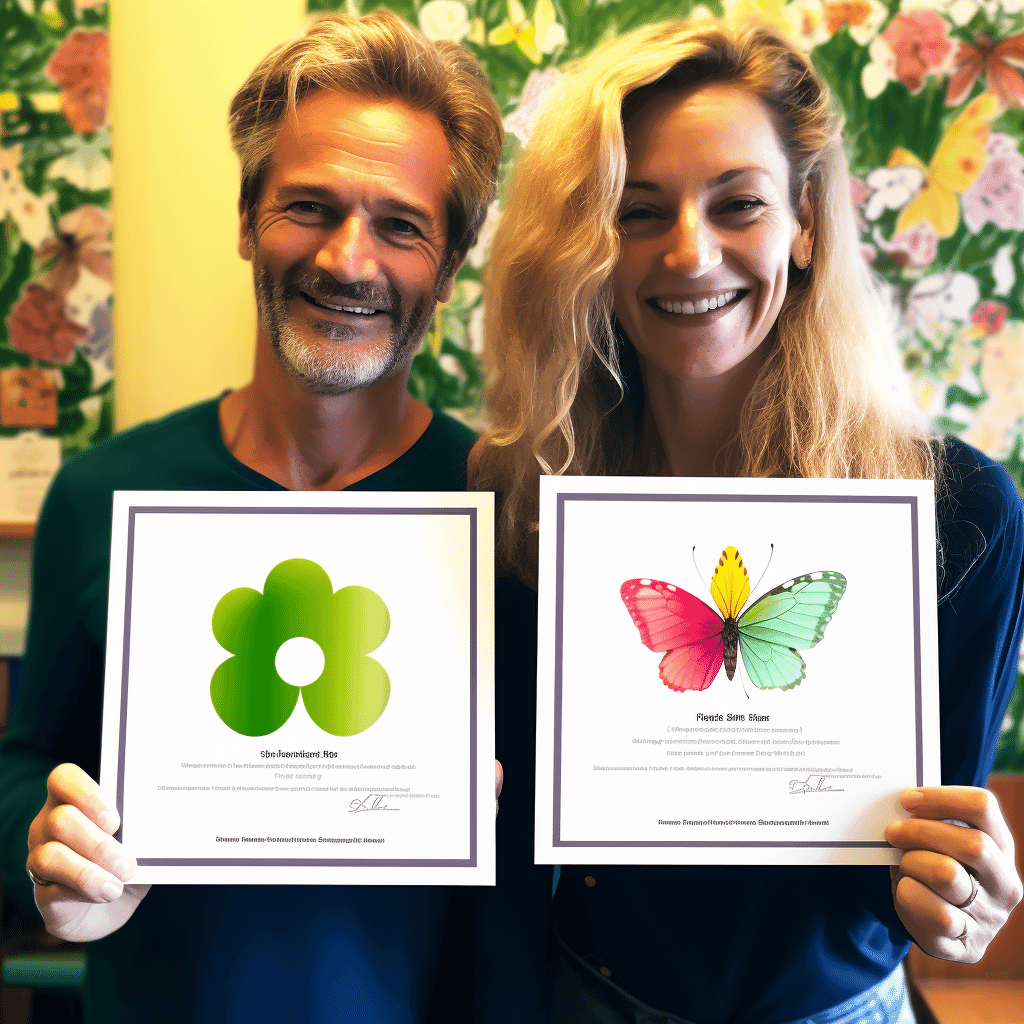





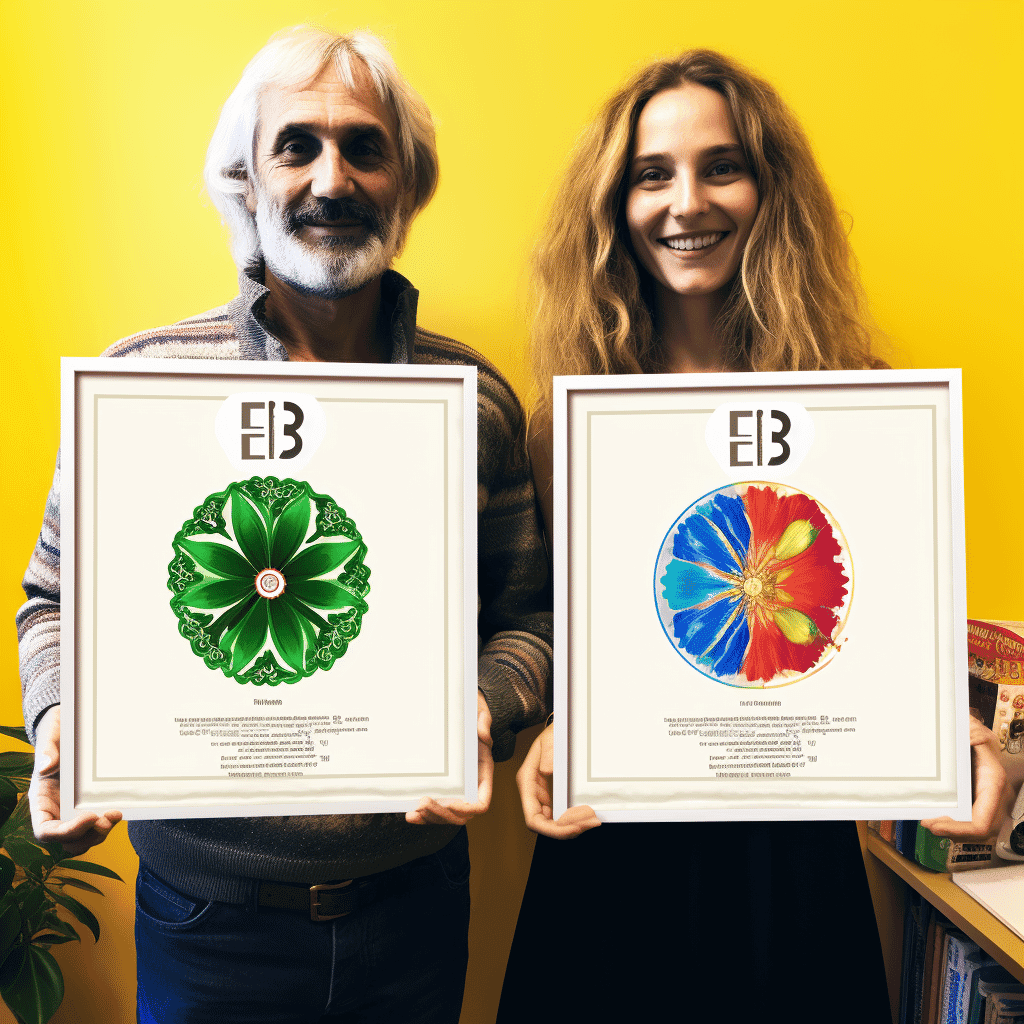

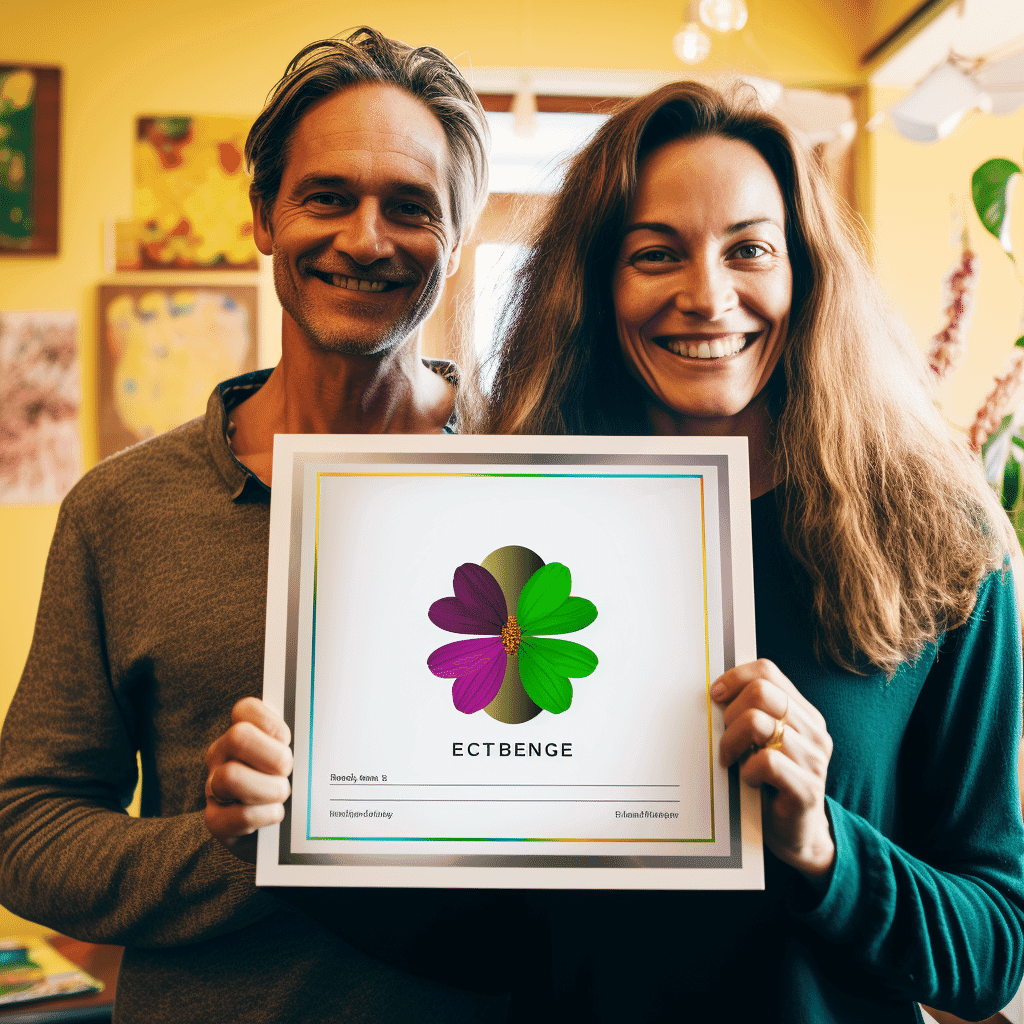
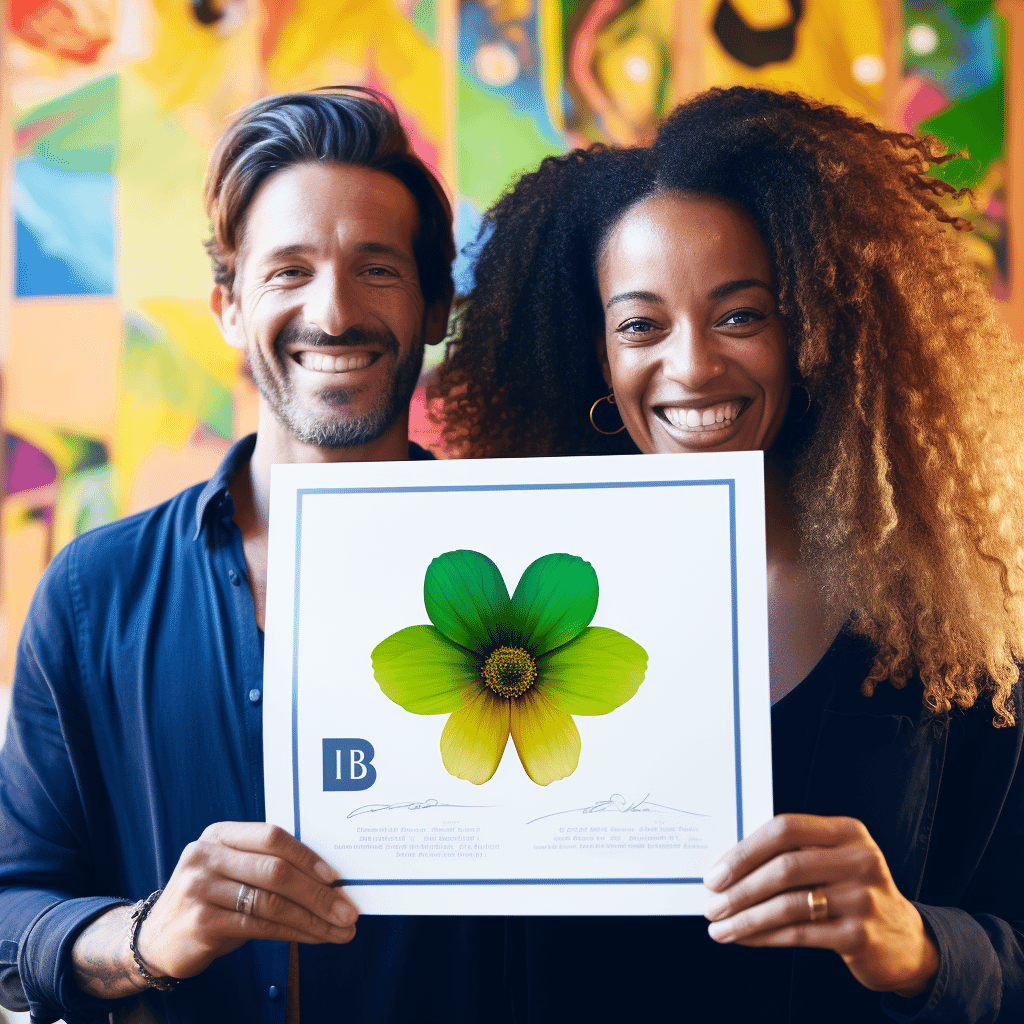




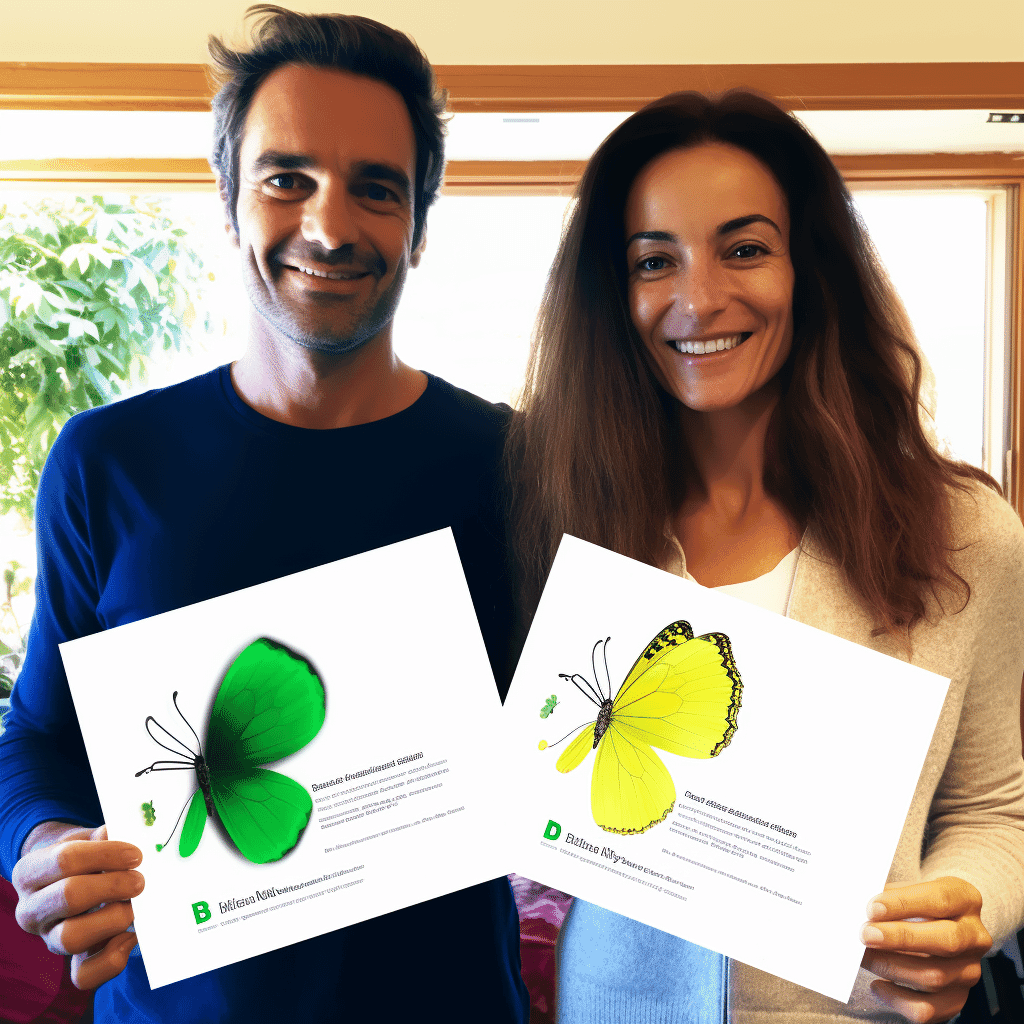

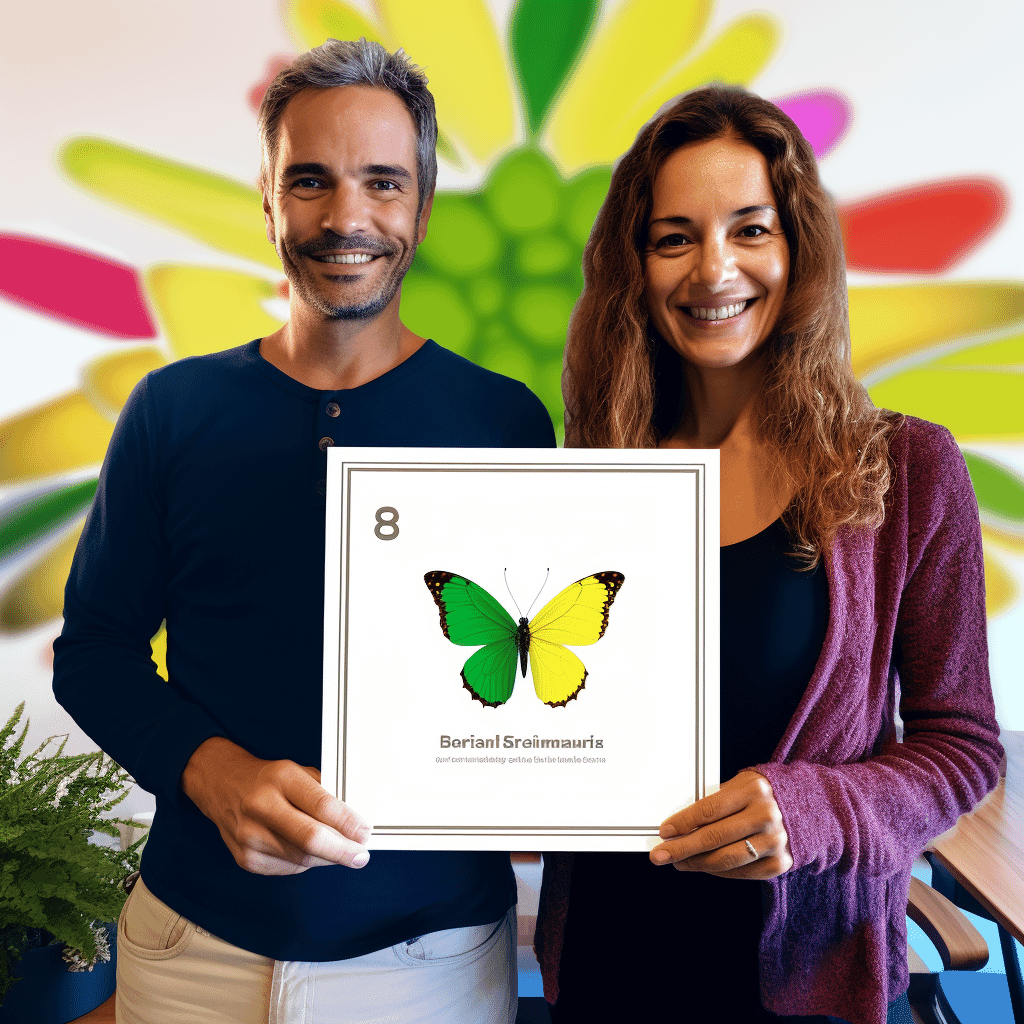
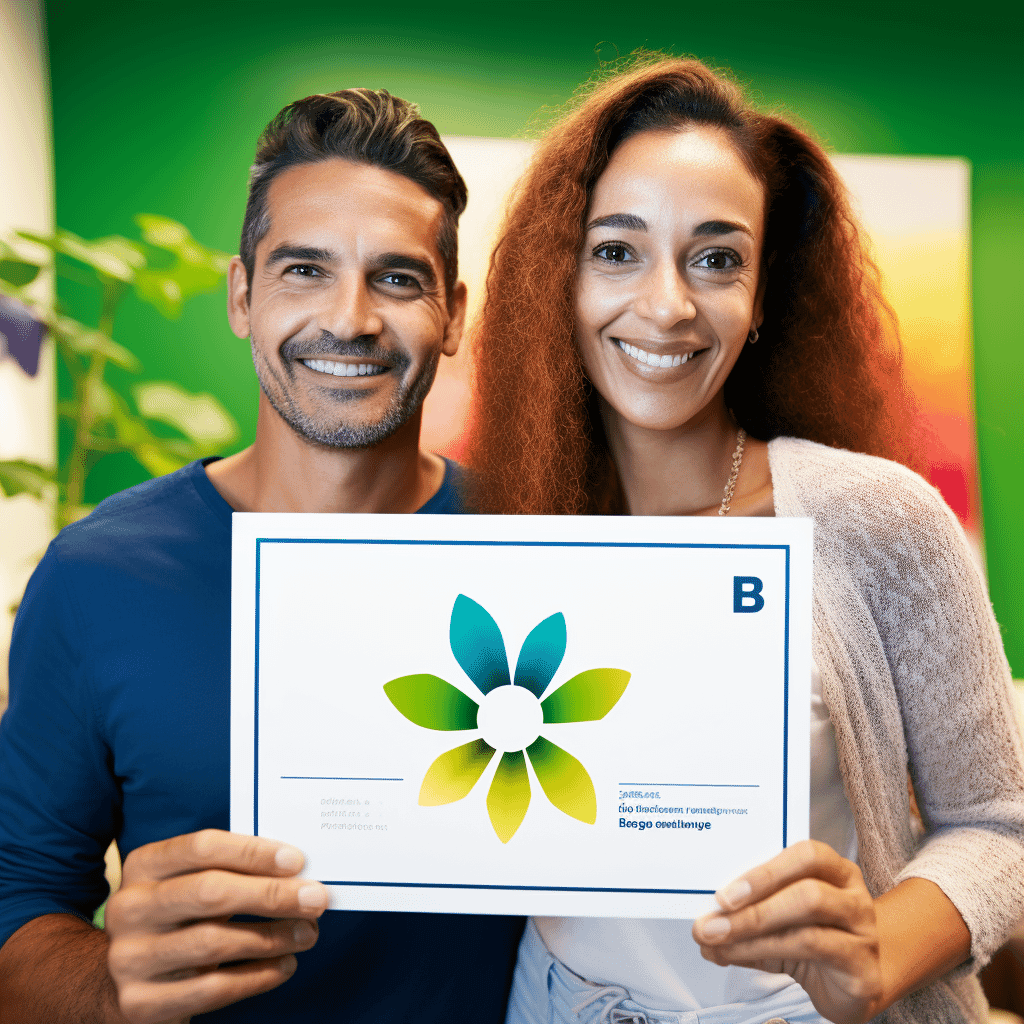

Dúvidas Gerais
Após a confirmação do pagamento, você receberá um e-mail com todas as instruções para acessar seus cursos. O e-mail incluirá um link para a plataforma de ensino, onde você poderá fazer login utilizando suas credenciais cadastradas no momento da compra. Caso seja um curso em formato de arquivo para download, o mesmo estará disponível na área do aluno e poderá ser acessado diretamente pelo link enviado. Se você não receber o e-mail de acesso em até 24 horas, verifique sua caixa de spam ou entre em contato com nossa equipe pelo e-mail suporte@amentil.com.br.
Após a confirmação do pagamento, seu pedido será processado e enviado para o endereço cadastrado. Você receberá um e-mail com os detalhes do envio, incluindo o código de rastreamento para acompanhar a entrega. Trabalhamos com transportadoras confiáveis e os prazos variam de acordo com o método de envio escolhido e sua localização. É importante garantir que o endereço de entrega esteja correto para evitar atrasos. Caso tenha dúvidas ou problemas com a entrega, nossa equipe de suporte está à disposição pelo e-mail suporte@amentil.com.br.
Você pode tirar dúvidas diretamente com nossa equipe de suporte por diversos canais:
- E-mail: Envie sua pergunta para suporte@amentil.com.br, e nossa equipe responderá em até 2 dias úteis.
- Telefone: Ligue para +55 (48) 1234-5678, disponível de segunda a sexta, das 9h às 18h.
- WhatsApp: Envie uma mensagem para +55 (48) 91265-4321 e receba atendimento rápido e prático.
- Formulário de Contato: Preencha o formulário disponível em nosso site na página Contato.
- Redes Sociais: Você também pode enviar suas dúvidas pelo Instagram ou Facebook em @amentil.sa.
Estamos sempre prontos para ajudar!
Reembolso e garantias
O prazo de reembolso pode variar dependendo da forma de pagamento utilizada:
- Cartão de Crédito: O estorno será realizado em até 7 dias úteis após a aprovação do reembolso, mas o crédito poderá aparecer na sua fatura em um prazo de 30 a 60 dias, conforme a política da operadora do cartão.
- Boleto Bancário ou Transferência: O valor será devolvido via depósito em conta bancária em até 7 dias úteis após a aprovação do reembolso.
Você pode solicitar a devolução de produtos físicos seguindo o passo a passo abaixo:
- Entre em contato com nosso suporte:
- Aguarde nossa resposta:
Nossa equipe analisará sua solicitação em até 3 dias úteis e fornecerá as instruções detalhadas para a devolução. - Prepare o produto:
- Envie o produto:
- Reembolso ou troca:
Nosso compromisso é fornecer uma experiência confiável e segura ao acessar nossa enciclopédia online. Garantimos a qualidade dos serviços e funcionalidades oferecidos, seguindo as condições descritas abaixo:
1. Garantia de Acesso
- Disponibilidade: Oferecemos garantia de disponibilidade da enciclopédia online 24 horas por dia, 7 dias por semana, exceto durante períodos programados de manutenção ou por problemas técnicos fora do nosso controle.
- Resolução de Problemas: Em caso de interrupções no serviço, nossa equipe técnica atuará para restaurar o acesso no menor tempo possível.
2. Garantia de Conteúdo
- Precisão e Atualização: Todo o conteúdo disponibilizado é cuidadosamente revisado para garantir precisão e relevância. No entanto, a enciclopédia online é constantemente atualizada, e não podemos garantir a exatidão absoluta em casos de informações sujeitas a mudanças rápidas.
- Correção de Erros: Caso identifique erros ou inconsistências no conteúdo, você pode nos informar pelo e-mail conteudo@amentil.com.br, e faremos a análise e correção, se necessário.
3. Garantia de Segurança
- Proteção de Dados: Utilizamos tecnologias avançadas para proteger suas informações pessoais e garantir que sua navegação na enciclopédia seja segura.
- Privacidade: Todos os dados coletados seguem as diretrizes da nossa Política de Privacidade.
4. Garantia de Reembolso
Para assinaturas da enciclopédia online:
- Direito de Arrependimento: Você pode solicitar o cancelamento e reembolso integral em até 7 dias corridos após a compra, desde que não tenha acessado conteúdos pagos da plataforma.
- Problemas Técnicos: Caso não consiga acessar os conteúdos devido a falhas técnicas imputáveis à plataforma, garantimos suporte prioritário e, se o problema não for resolvido, você pode solicitar reembolso proporcional ao período não utilizado.
5. Limitações
- Conexão à Internet: Não garantimos acesso à enciclopédia em situações de instabilidade ou falhas na conexão de internet do usuário.
- Uso Indevido: O acesso e uso da enciclopédia são pessoais e intransferíveis. O compartilhamento de credenciais pode resultar na suspensão ou cancelamento da assinatura sem reembolso.
6. Contato para Garantias
Caso precise de suporte ou queira exercer algum direito de garantia, entre em contato conosco:
- E-mail: suporte@amentil.com.br
- Telefone: +55 (48) 1234-5678
- Horário de atendimento: Segunda a sexta, das 9h às 18h.



